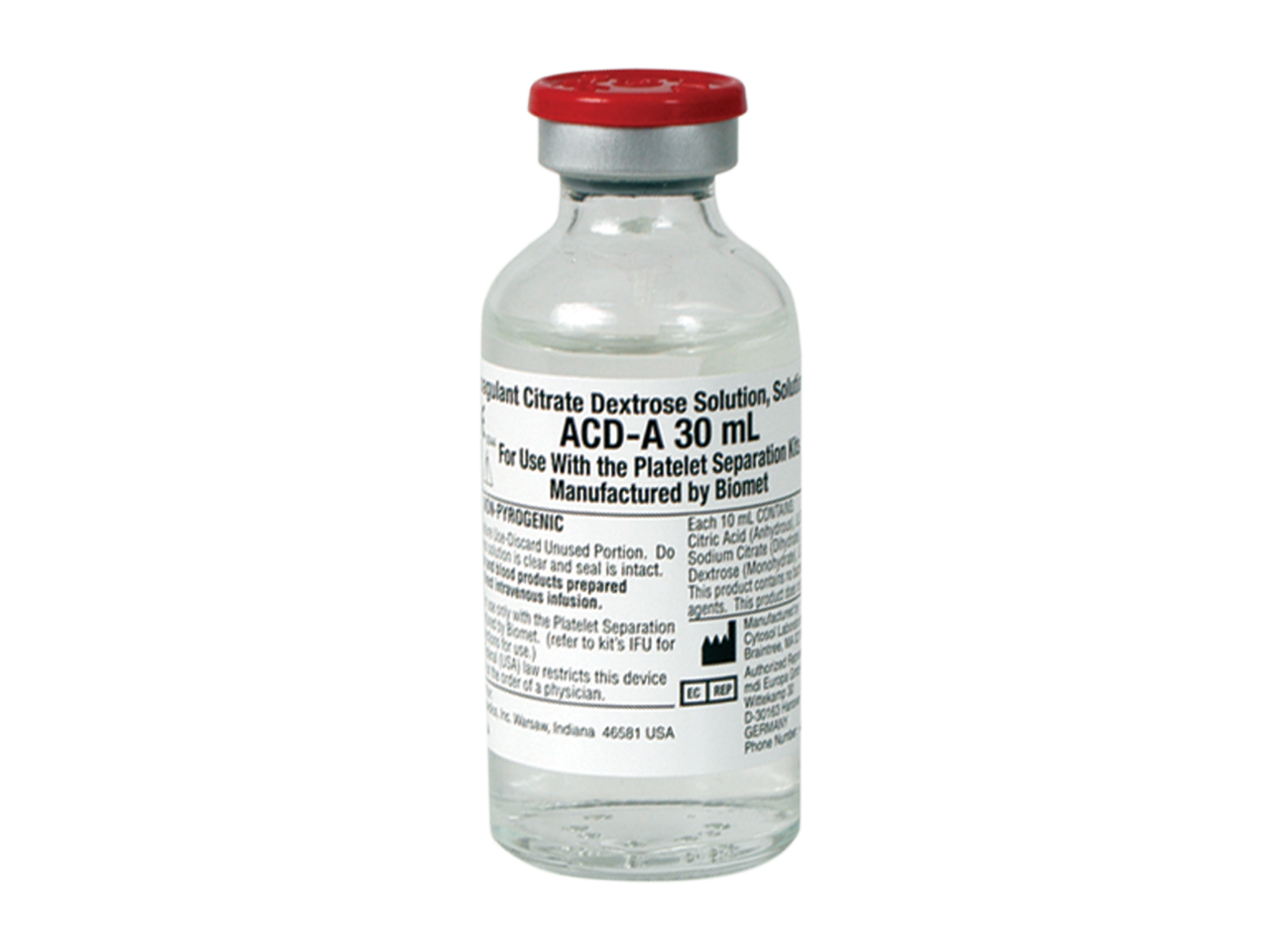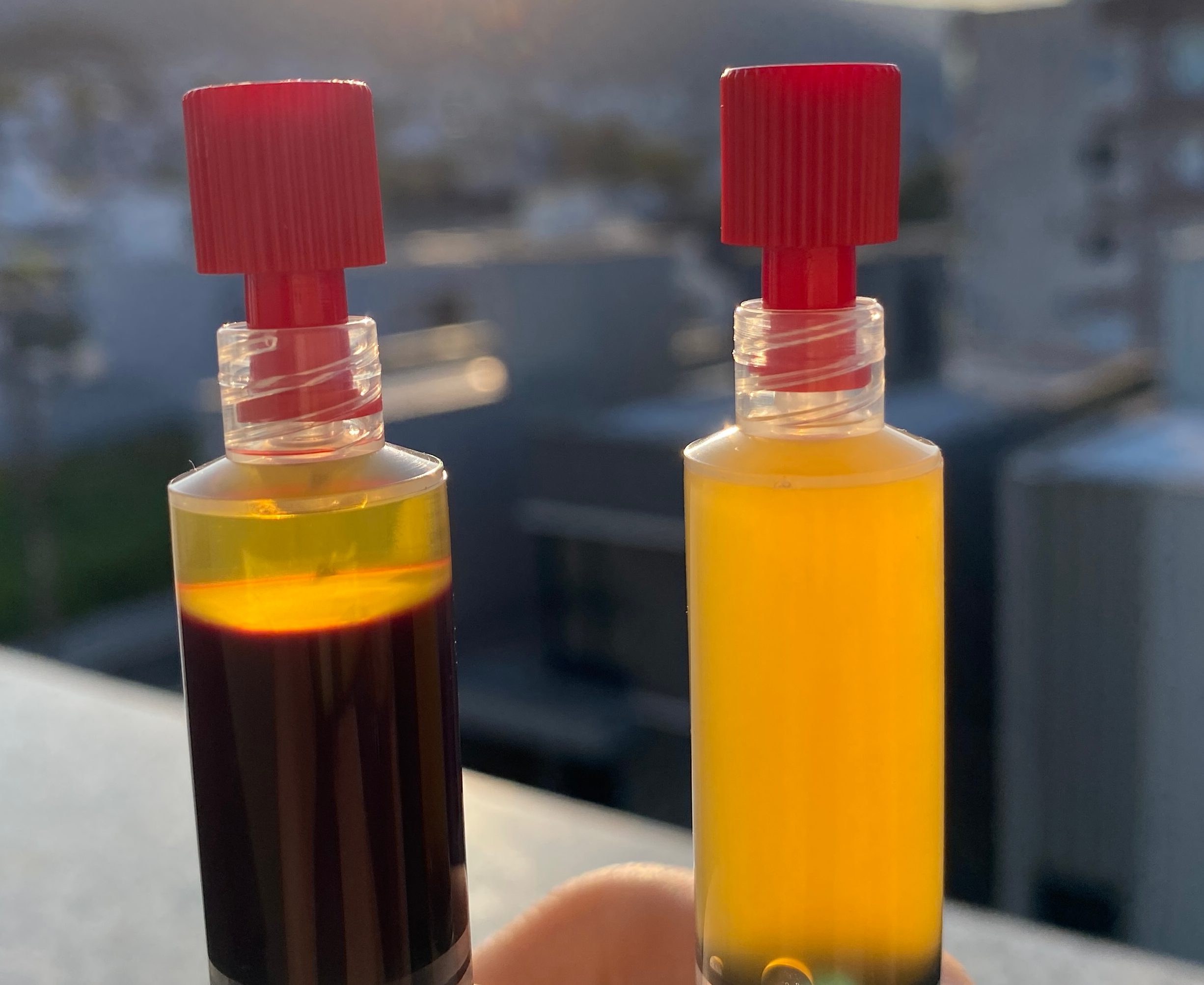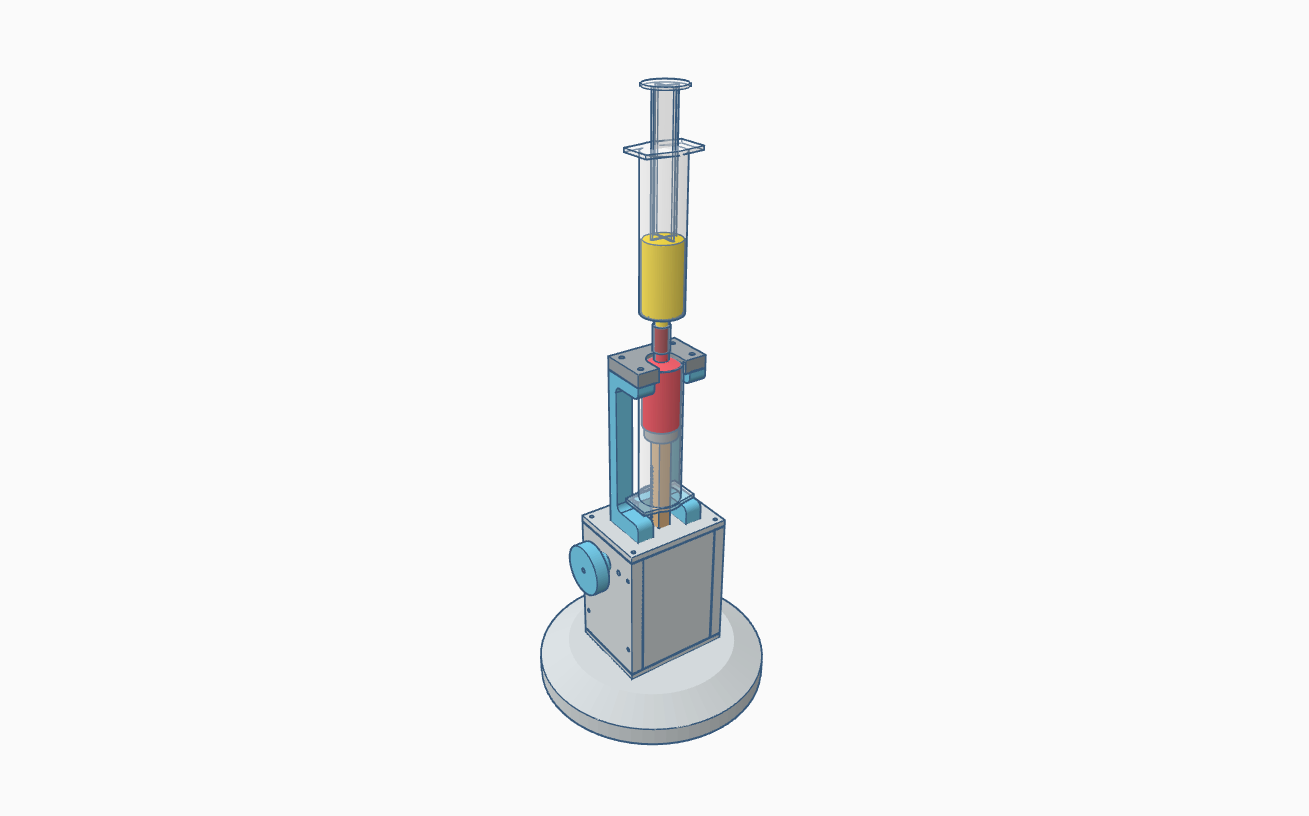Tag: Plasma Rico em Plaquetas
-

10% Calcium Chloride Formulation
This article explains how to prepare and use 10% calcium chloride for PRP therapy, with a focus on its role in creating autologous thrombin serum (ATS) for muscle and tendon repair. It also contrasts its use with calcium gluconate in intraarticular applications.
-

Comparing PRP Anticoagulants: Why ACD-A Is the Gold Standard
This article compares the most common anticoagulants used in PRP preparation and explains why ACD-A offers superior platelet preservation and clinical safety across both LP-PRP and LR-PRP protocols.
-

Welcome to DIYPRP: A New Standard for Autologous Platelet Therapy
Discover the mission behind DIYPRP: a closed-loop, physician-grade system for preparing high-quality leukocyte-poor PRP. Built for intra-articular applications, solo operators, and serious regenerative medicine enthusiasts.
-

LP-PRP Preparation & Analysis
Using the NeutroFree PRP system, a leukocyte-poor PRP (LP-PRP) was prepared through a double-spin method, achieving a high concentration factor of 6.82x in a 5 mL sample. This process ensures over 4.4 billion platelets for effective therapy, with significant reductions in erythrocytes and leukocytes. The resulting PRP offers enhanced healing potential with minimal inflammation.
-

PRP Processing Station
The PRP processing station is an innovative bench-top device designed for the precise preparation of platelet-rich plasma (PRP). Utilizing a rack and pinion mechanism, this station ensures accurate platelet selection and high platelet concentration. It’s a cost-effective and efficient solution for at-home PRP preparation.





